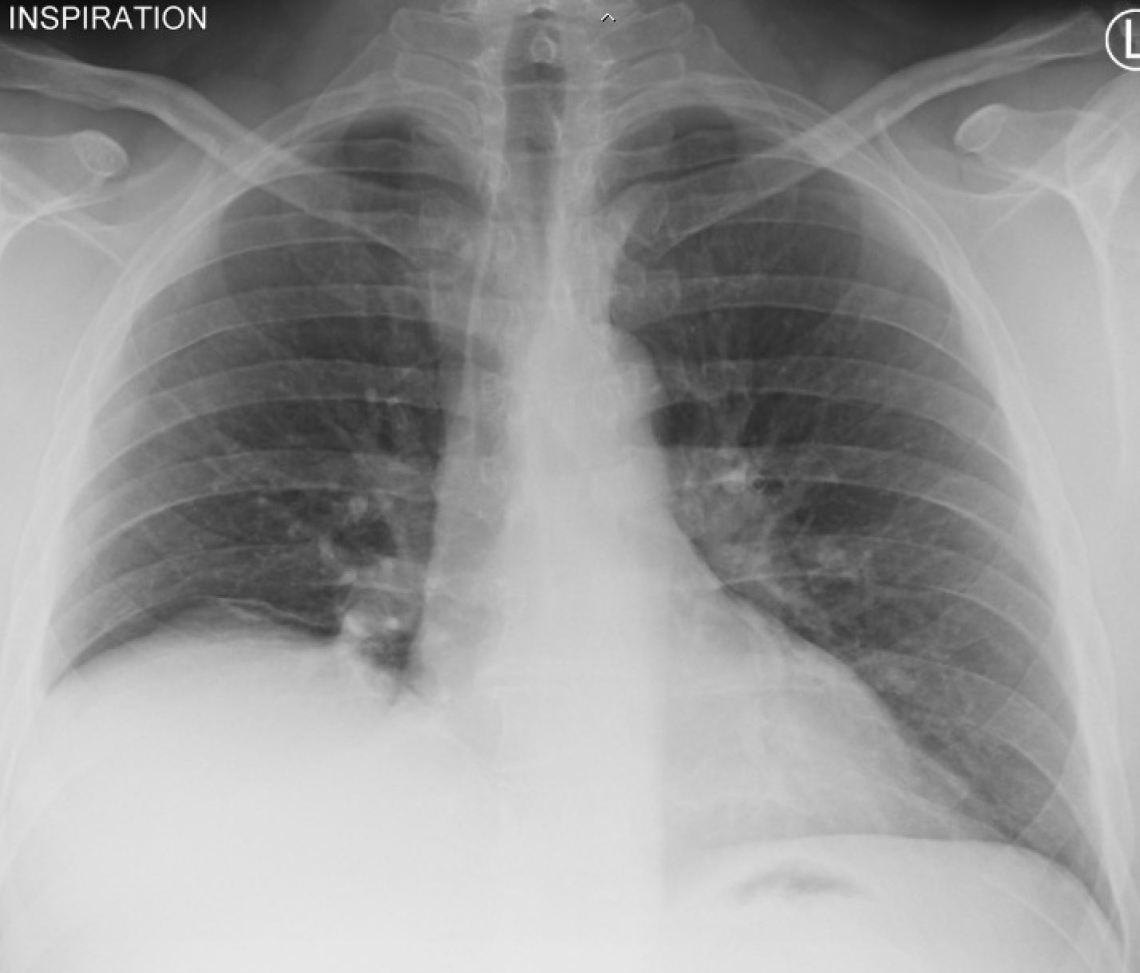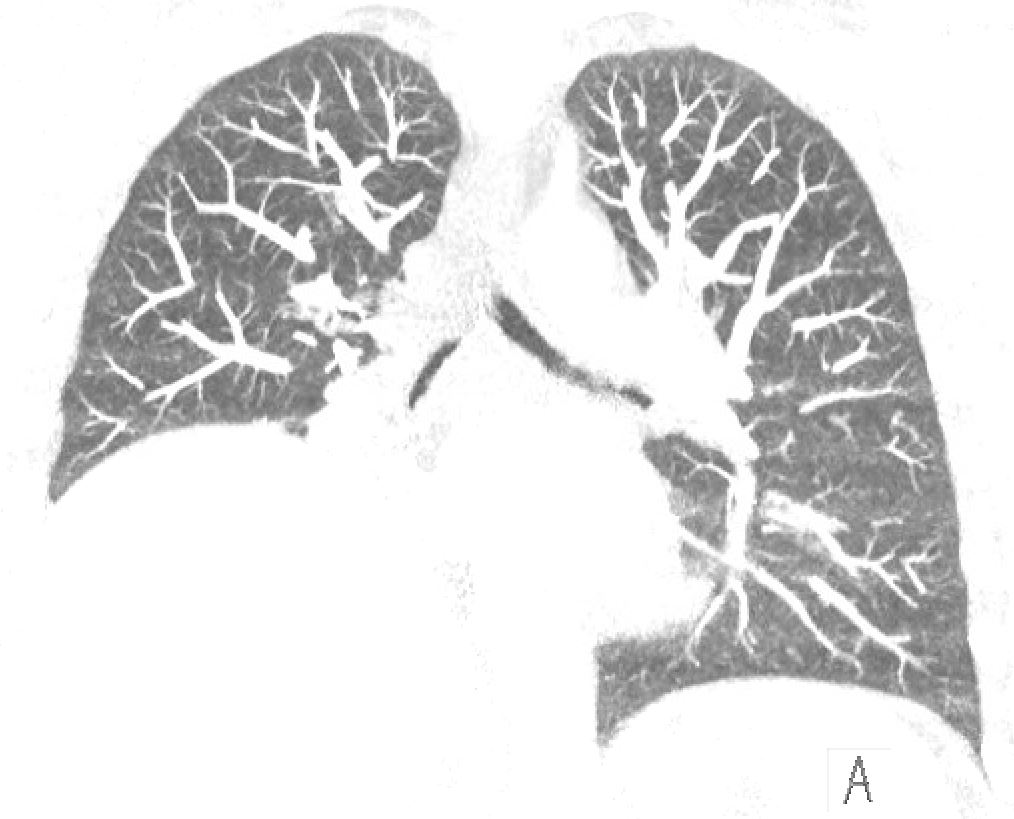Middle aged BMI 30 man p/w SOBOE unable to perform regular duties at work (construction) involving heavy lifting. He also c/o intermittent LL swelling associated with his SOBOE.
He is on a statin and asprin for his significant CVA history. It was a less common type of CVA presenting with difficulty swallowing – the final diagnosis being a lateral medullary ischaemic stroke from a vertebral artery dissection – that was only picked up on MRI by Neurology. He was in neurology for a few weeks requiring a NG tube due to difficulty swallowing. His symptoms improved post rehab and he was discharged home 11 months ago.
A further collateral history from his partner states that he has been snoring loudly since the CVA. What are your thoughs / differentials at this stage?
- CCF from OSA or central sleep apnoea.
- Silent MI (unlikely as his ECG is plum normal)
- Pericarditis / Inflammatory Pericardial effusion
- Malignancy with venous thromboembolism causing LL swelling (IVC obstruction)
- Atypical CAP.
Inflammatory markers are normal. All obs are WNL. Swelling in LL seemed to resolve in ESSU overnight. Attached is his CXR:

What would you do next?
This was a stable patient. d-dimer? NM VQ next day? It can be argued that a CT will pick up atypical pneumonias that are not seen on CXR, asides from ruling out a central clot.
A CT scan overnight (looking for malignancy and IVC compression from a DVT) did not elucidate a reason for his SOB – hence a TTE was (quite reasonably) requested.
The TTE was unremarkable. No evidence of valvular disease or systolic/diastolic dysfunction. Lungs were clear to the bases. However…
It was really difficult visualizing the R hemidiaphragm. The probe had to be dug into his armpit to visualize part of the R hemidiaphragm. This is on deep inspiration:
On a deep breath, the medial (away from probe) region of the diaphragm is sighted and moves slightly downwards, but not by much… which doesnt look too bad, until you compare it to the Left:
It was not possible to view the diaphragm on the left side due to his body habitus, however the spleen is clearly seen. This can be used as a surrogate for diaphragm movement.

The aetiology of his SOBOE is being investigated by the respiratory team as an outpatient, with spirometry followed by sleep studies. It would be interesting to see what his final diagnosis will be.
The “new OSA” may really be a mild form of central sleep apnoea. There have been cases of Ondine’s Curse (You’ll die if you fall asleep!) from lateral medullary strokes, with the mechanism being disruption of descending medullocervical pathways that subserve autonomic breathing.
While Ondine’s Curse is an exciting possibility – it is well worth noting that the phrenic nerve originates from the cervical roots (usually C3 / C4) and I could not see how a unilateral diaphragmatic dysfunction could be associated with a medullary stroke with no other C3 / C4 neurology
At the end of the day, this patient may have two independent pathologies.
The differential list for diaphragm paralysis includes lots of uncommon/rare conditions [3].
Takeaway: Unlike the liver, the spleen can be used as a surrogate for diaphragm movement [1]. Notice how the liver compresses with inspiration in the video above. POCUS is useful in assessing the movement of the diaphragm which is one of the less often encountered etiologies of SOB in ED.
[1] J Crit Care. 2015 Apr;30(2):439.e7-13. doi: 10.1016/j.jcrc.2014.10.028. Epub 2014 Nov 4 Diaphragmatic regional displacement assessed by ultrasound and correlated to subphrenic organ movement in the critically ill patients–an observational study.
(Kavi Haji et al)
[2] 2009 Mar-Apr;57(2):206-7. doi: 10.4103/0028-3886.51298. Ondine’s curse after brainstem infarction (Pedroso et al)
[3] From UpToDate:
Spinal cord transection / Multiple sclerosis / Amyotrophic lateral sclerosis Cervical spondylosis; Poliomyelitis; Guillain-Barre syndrome; Phrenic nerve dysfunction
Compression by tumor; Cardiac surgery cold injury; Blunt trauma; Idiopathic phrenic neuropathy; Postviral phrenic neuropathy; Radiation therapy; Cervical chiropractic manipulation; Limb-girdle dystrophy; Hyperthyroidism or hypothyroidism
Malnutrition; Acid maltase deficiency; Connective tissue diseases; Systemic lupus erythematosus; Dermatomyositis; Mixed connective tissue disease; Amyloidosis
Idiopathic myopathy
Image of Ondine, sea nymph who married Knight Adami. Screenshot of oil painting by John Waterhouse 1917.
Dr Ezra Limm 2018

